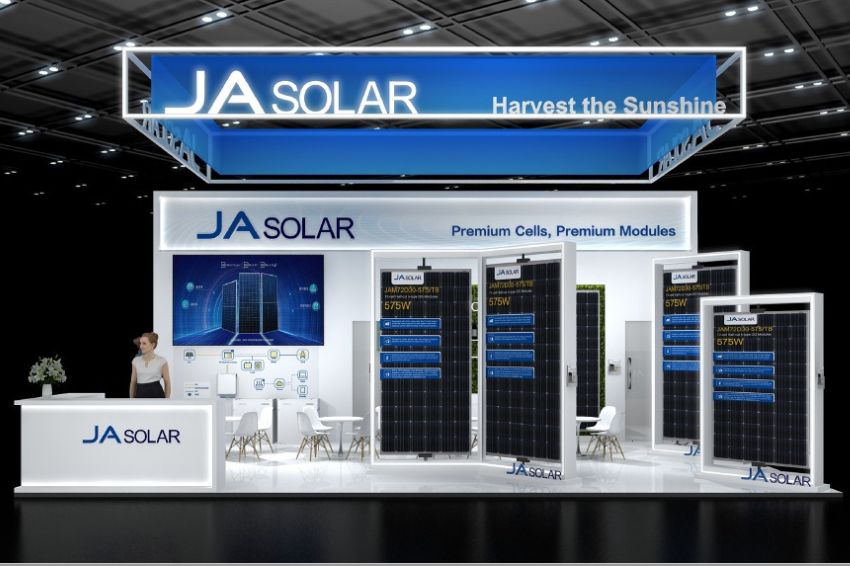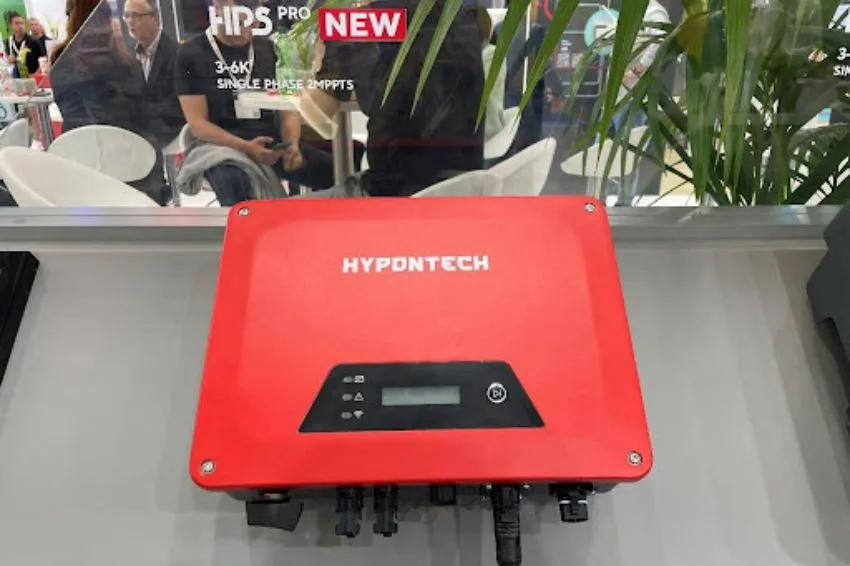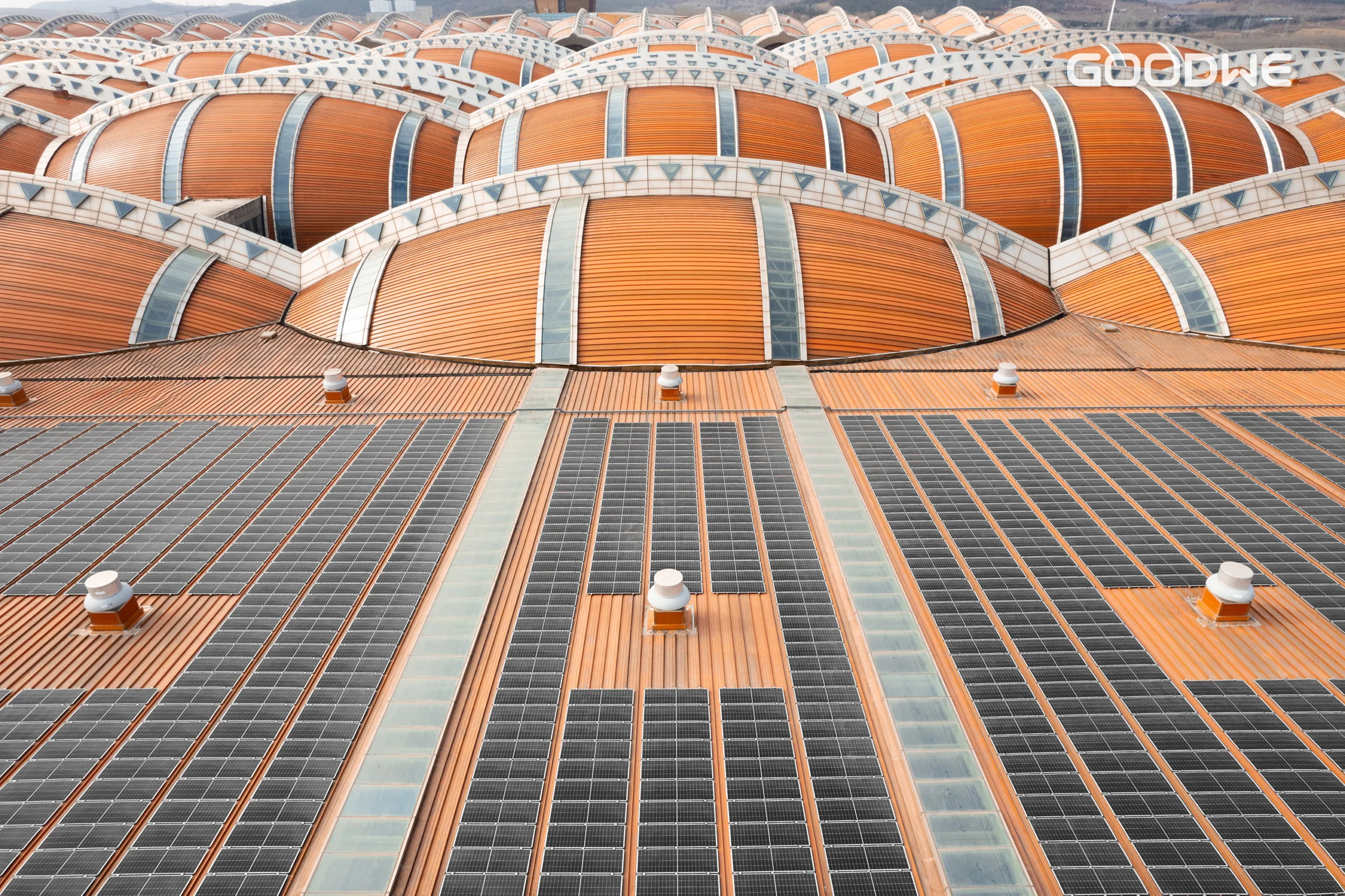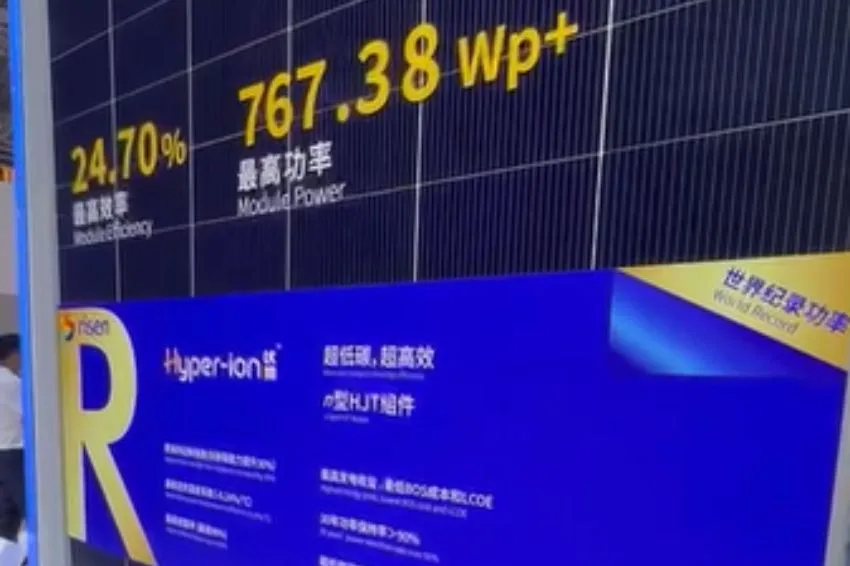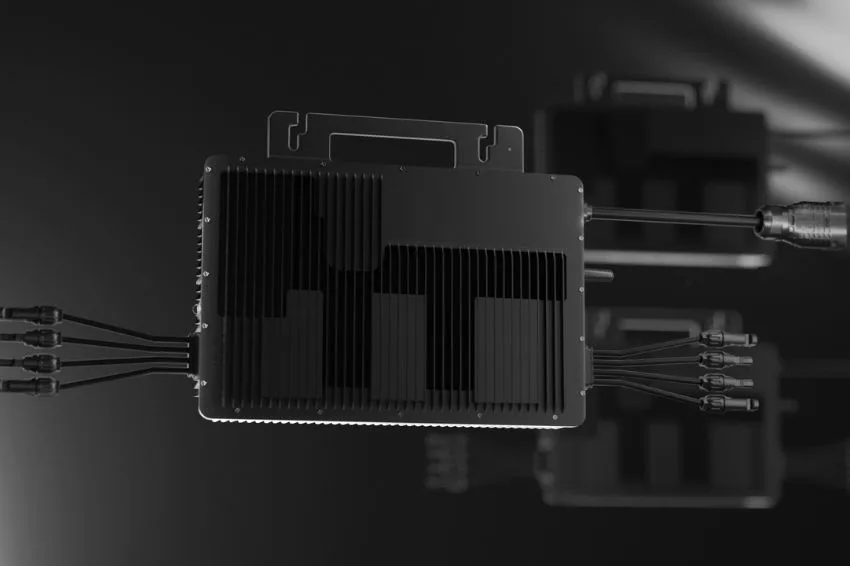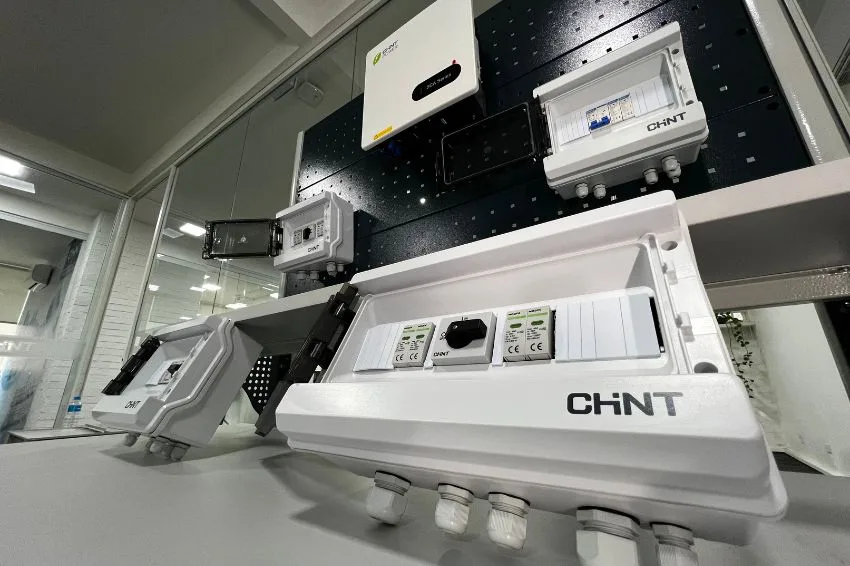A JA Solar will display on Intersolar South America 2023, which will be held between the 29th and 31st of August at Expo Center Norte, in São Paulo (SP), its new photovoltaic modules with N-Type technology.
The models JAM66D45 590~615/LB It is JAM72D42 605~630/LB, which will be available on the market from 2024, have as main difference, in relation to the others that the manufacturer offers to the market, the cell doping.
“While the new models are negatively doped with Phosphorus (N-Type), the more traditional ones are positively doped with Galium (P-Type),” he said. Fernando Castro, Country Manager Brazil from the JA Solar.
"O doping process is important because pure silicon, the base of the cell, has a high resistivity, so it is necessary to take this material out of balance so that, when it receives irradiation, the movement of electrons can occur and, finally, the generation of energy”, he explained.
JA Solar panels receive 9 certifications from international laboratories
Therefore, according to Castro, it is necessary to add impurities to this element (Si), because when adding two different elements, either Gallium or Phosphorus, less energy is needed for the internal electron recombination process.
“Doping is said to be positive when, at the end of the doping process described above, the Silicon and Gallium alloy forms a shortage of electrons or holes in the cell. Negative doping happens when the Silicon and Phosphorus alloy provides free electrons, which are negatively charged”, said the executive.
Also according to him, the new N-type modules have exclusive characteristics related to the addition of layers at the cellular level that improve the internal flow of electrons, thus reducing resistivity.
“The new models have low temperature coefficients, that is, they have less losses when operating in extreme environments and lower rates of annual degradation and over 30 years of operation, as well as better performance at low irradiance and a higher bifaciality factor, which can absorb more energy from the rear depending on the characteristics of the installation”, he highlighted.
JAM66D45 590~615/LB
The company stated that the JAM66D45 590~615/LB models have 182x210mm cells, up to 22.8% efficiency and maximum power of 615 W, as well as 16 busbars.
“The panel size is in accordance with the agreement reached by nine module manufacturers to standardize the wafer size and, thus, minimize supply impacts, optimize production by reducing costs and avoiding material waste”, highlighted Fernando Castro.
JAM72D42 605~630/LB
The JAM72D42 605~630/LB family modules have cells measuring 182x199mm or 2465x1134mm in size, maintaining the M10 cell standard found on the market. They also have up to 22.5% of efficiency and reach a maximum power of 630 W, as well as 16 busbars.
Storage
Another new feature that JA Solar will exhibit at Intersolar South America 2023 is the new line of products related to energy storage for homes.
“We know that the union between the photovoltaic system and batteries has several benefits, it is already widely used in other countries and will be a trend for the coming years in Brazil”, added JA Solar's Country Manager Brazil.
“We will present at the fair a complete system composed of inverters + batteries, which in addition to promoting ease of installation and having a sophisticated design, will encourage self-sufficiency, given that the energy from light can be used at night and independence from to the concessionaire, because if the grid reference is lost, the system is capable of operating in isolation (off grid)”, he concluded.


